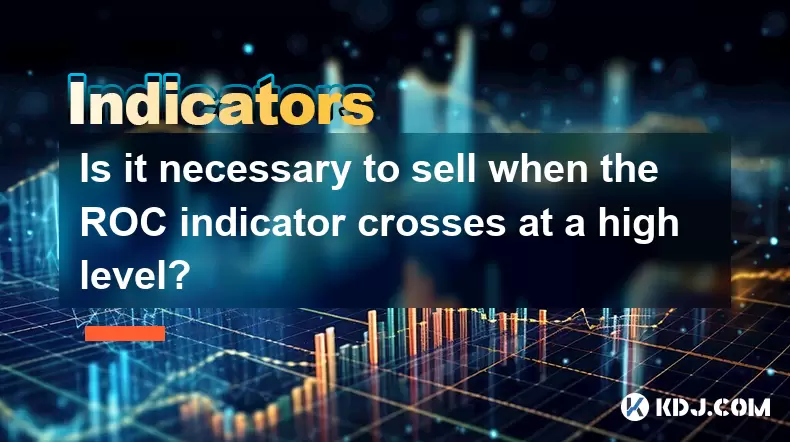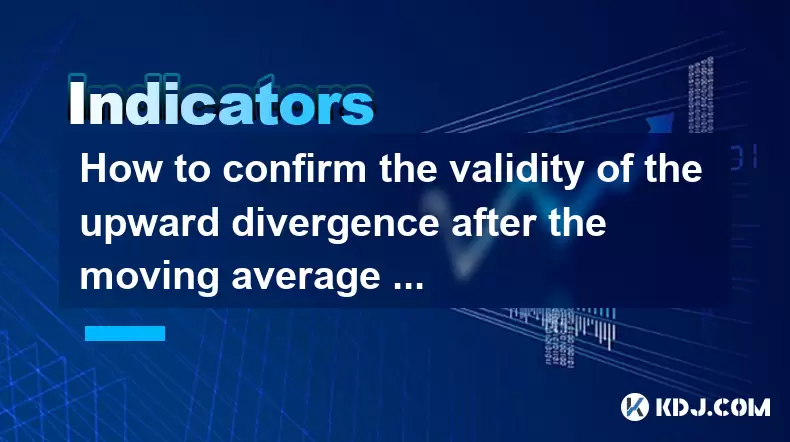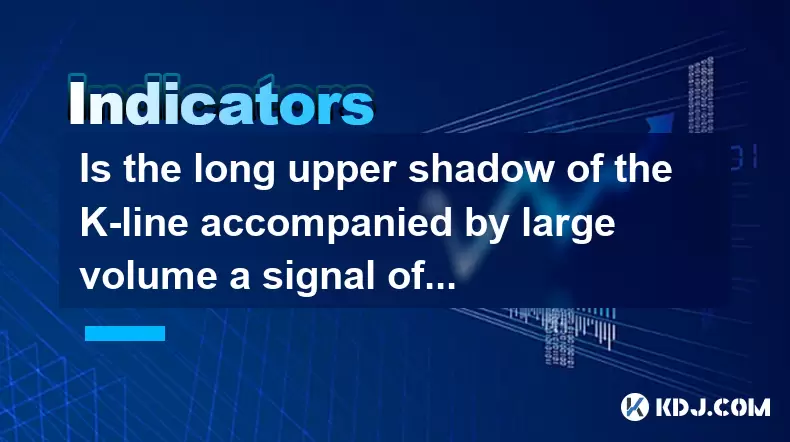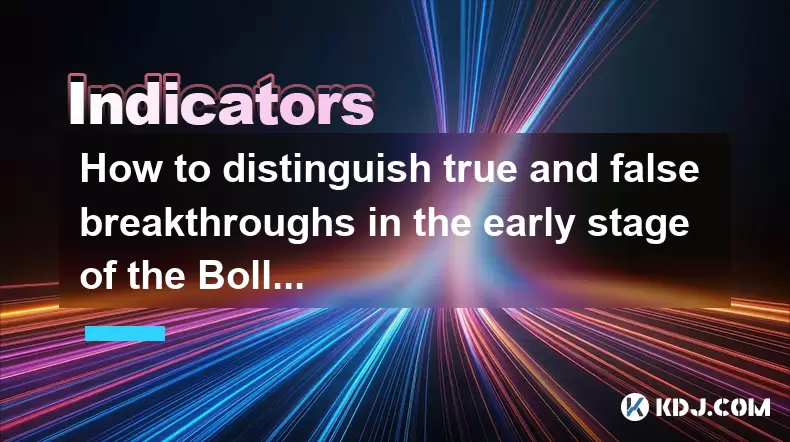-
 Bitcoin
Bitcoin $106,754.6083
1.33% -
 Ethereum
Ethereum $2,625.8249
3.80% -
 Tether USDt
Tether USDt $1.0001
-0.03% -
 XRP
XRP $2.1891
1.67% -
 BNB
BNB $654.5220
0.66% -
 Solana
Solana $156.9428
7.28% -
 USDC
USDC $0.9998
0.00% -
 Dogecoin
Dogecoin $0.1780
1.14% -
 TRON
TRON $0.2706
-0.16% -
 Cardano
Cardano $0.6470
2.77% -
 Hyperliquid
Hyperliquid $44.6467
10.24% -
 Sui
Sui $3.1128
3.86% -
 Bitcoin Cash
Bitcoin Cash $455.7646
3.00% -
 Chainlink
Chainlink $13.6858
4.08% -
 UNUS SED LEO
UNUS SED LEO $9.2682
0.21% -
 Avalanche
Avalanche $19.7433
3.79% -
 Stellar
Stellar $0.2616
1.64% -
 Toncoin
Toncoin $3.0222
2.19% -
 Shiba Inu
Shiba Inu $0.0...01220
1.49% -
 Hedera
Hedera $0.1580
2.75% -
 Litecoin
Litecoin $87.4964
2.29% -
 Polkadot
Polkadot $3.8958
3.05% -
 Ethena USDe
Ethena USDe $1.0000
-0.04% -
 Monero
Monero $317.2263
0.26% -
 Bitget Token
Bitget Token $4.5985
1.68% -
 Dai
Dai $0.9999
0.00% -
 Pepe
Pepe $0.0...01140
2.44% -
 Uniswap
Uniswap $7.6065
5.29% -
 Pi
Pi $0.6042
-2.00% -
 Aave
Aave $289.6343
6.02%
Is it necessary to sell when the ROC indicator crosses at a high level?
The ROC indicator crossing zero at high levels in crypto trading suggests potential momentum slowdown, not an automatic sell signal, requiring further analysis with other tools like RSI or MACD.
Jun 18, 2025 at 07:14 pm

Understanding the ROC Indicator in Cryptocurrency Trading
The Rate of Change (ROC) indicator is a momentum oscillator used extensively in cryptocurrency trading to measure the percentage change in price over a specified time period. It helps traders identify potential reversals, overbought or oversold conditions, and the strength of a trend. The ROC line oscillates around a zero centerline, and its movement can provide signals when it crosses above or below this level.
In crypto markets, where volatility is high and trends can reverse rapidly, understanding how to interpret the ROC crossover at elevated levels becomes crucial for making informed decisions. However, interpreting such signals isn't always straightforward and requires deeper analysis beyond surface-level readings.
Important:
The ROC crossing into positive territory from below doesn't automatically mean a sell signal, especially if it's part of a broader uptrend. Traders should evaluate other market conditions before acting.What Happens When the ROC Crosses Zero at a High Level?
When the ROC indicator crosses above zero after being negative, it indicates that the current price is higher than it was "n" periods ago. If this happens at a high level — meaning the price has already experienced significant gains — it may suggest that momentum is still bullish but potentially waning.
This situation often occurs after a strong rally in cryptocurrencies like Bitcoin or Ethereum, where prices surge rapidly, pulling the ROC upwards. A zero crossover in this context could be interpreted as a continuation signal rather than an immediate reversal.
However, caution is warranted because:
- Momentum might be slowing down despite the upward trend.
- Overbought readings on other indicators like RSI or MACD may coincide with the ROC crossing.
- Volume patterns may show divergence, signaling weakening interest.
Important:
A ROC cross at a high level doesn’t necessarily require selling. Instead, it should prompt further investigation into supporting indicators and chart patterns.How to Interpret Divergence Between Price and ROC
One of the most critical aspects of using the ROC indicator effectively is identifying divergence between price action and the oscillator itself. For instance, if the price makes a new high but the ROC fails to reach a new peak, this bearish divergence may indicate weakening momentum.
Steps to check for divergence:
- Identify recent swing highs on the price chart.
- Compare those highs with corresponding peaks on the ROC indicator.
- Look for discrepancies in height or timing between them.
In crypto markets, where pump-and-dump scenarios are common, divergence can act as an early warning system. Even if the ROC crosses into positive territory at a high level, a divergent reading may justify taking partial profits or tightening stop-loss orders.
Important:
Divergence is a key red flag even when the ROC appears bullish. It suggests the current trend may not be sustainable.Combining ROC with Other Indicators for Confirmation
Relying solely on the ROC crossover at a high level can lead to premature exits or missed opportunities. To improve accuracy, traders often combine the ROC with complementary tools:
- Moving Averages: Check whether the price remains above key moving averages like the 50 or 200 EMA.
- RSI: Confirm whether the asset is truly overbought (above 70) or just showing relative strength.
- Volume: Look for decreasing volume during rallies, which may confirm weakening demand.
- MACD: Use MACD crossovers and histogram changes to validate momentum shifts.
For example, if the ROC crosses above zero but the MACD line remains above the signal line and rising, the uptrend may still have legs. Conversely, if RSI starts to roll over while the ROC hits a high-level crossover, that combination could justify trimming long positions.
Important:
Always seek confirmation from multiple sources before deciding to sell based on a single indicator event.Practical Example: ROC Signal During a BTC Rally
Consider a scenario where Bitcoin rises sharply over several days, reaching a new local high. During this rally, the ROC climbs well into positive territory and then crosses back above zero after a brief pullback.
At first glance, this might seem like a buy signal. However, upon closer inspection:
- RSI reaches 80, indicating overbought conditions.
- Volume during the latest push up is lower than previous spikes.
- On the daily chart, Bitcoin forms a bearish engulfing candlestick pattern.
In this case, even though the ROC shows positive momentum, the confluence of other bearish signs suggests caution. Selling a portion of holdings or setting tighter profit targets becomes a reasonable strategy.
Important:
Real-world trading involves weighing multiple factors, not reacting impulsively to one indicator’s behavior.FAQs
Q1: Can I rely solely on the ROC indicator to make sell decisions in crypto trading?
No, the ROC should not be used in isolation. It works best when combined with other technical indicators and price action analysis to confirm trends and potential reversals.
Q2: What time frame is best for analyzing ROC crossovers?
The effectiveness of the ROC varies by time frame. Short-term traders may use 1-hour or 4-hour charts, while longer-term investors might focus on daily or weekly charts depending on their strategy.
Q3: How does the ROC compare to the MACD in spotting trend reversals?
While both are momentum indicators, the ROC focuses purely on price velocity, whereas the MACD incorporates moving averages and provides more nuanced signals through crossovers and histogram changes.
Q4: Is the ROC useful for altcoin trading as well?
Yes, the ROC applies to any tradable asset, including altcoins. However, due to higher volatility in smaller-cap coins, it’s even more important to verify signals with additional tools and volume data.
Disclaimer:info@kdj.com
The information provided is not trading advice. kdj.com does not assume any responsibility for any investments made based on the information provided in this article. Cryptocurrencies are highly volatile and it is highly recommended that you invest with caution after thorough research!
If you believe that the content used on this website infringes your copyright, please contact us immediately (info@kdj.com) and we will delete it promptly.
- Staked Ether, Corporate Crypto, and Finance Adoption: A New York Minute
- 2025-06-21 02:45:13
- Pendle, DeFi, and the SEC: A New York Minute on Crypto's Crossroads
- 2025-06-21 02:25:13
- Reddit, Worldcoin, and Iris Scanning: A New Era of User Verification?
- 2025-06-21 02:45:13
- Investor Funds, Bitcoin, and Buying Tricks: Navigating the Crypto Landscape
- 2025-06-21 02:50:12
- TikTok, Trump, and a $300 Million Crypto Bribe? What's the Deal?
- 2025-06-21 03:10:57
- Pi Network's Open Mainnet: Hype or Hope for a Decentralized Future?
- 2025-06-21 03:25:12
Related knowledge

Does the sudden contraction of ATR indicate the end of the trend?
Jun 20,2025 at 11:14pm
Understanding ATR and Its Role in Technical AnalysisThe Average True Range (ATR) is a technical indicator used to measure market volatility. Developed by J. Welles Wilder, ATR calculates the average range of price movement over a specified period, typically 14 periods. It does not indicate direction—only volatility. Traders use ATR to gauge how much an ...

Is the trend continuation when the Williams indicator is oversold but there is no rebound?
Jun 20,2025 at 11:42pm
Understanding the Williams %R IndicatorThe Williams %R indicator, also known as the Williams Percent Range, is a momentum oscillator used in technical analysis to identify overbought and oversold levels in price movements. It typically ranges from 0 to -100, where values above -20 are considered overbought and values below -80 are considered oversold. T...

Is the golden cross of the ROC indicator below the zero axis effective?
Jun 20,2025 at 09:42pm
Understanding the ROC Indicator and Its Role in Cryptocurrency TradingThe Rate of Change (ROC) indicator is a momentum oscillator widely used by traders to assess the speed at which cryptocurrency prices are changing. It measures the percentage difference between the current price and the price from a certain number of periods ago. The ROC helps identif...

How to confirm the validity of the upward divergence after the moving average sticks together?
Jun 21,2025 at 01:36am
Understanding the Basics of Moving Averages and DivergenceIn technical analysis, moving averages are crucial tools used to smooth out price data over a specified time period. When multiple moving averages converge or 'stick together,' it often indicates a consolidation phase in the market. This phenomenon can be a precursor to significant price movement...

Is the long upper shadow of the K-line accompanied by large volume a signal of peaking?
Jun 21,2025 at 12:28am
Understanding the Long Upper Shadow K-LineThe long upper shadow of a K-line is a common candlestick pattern that often appears during price action analysis. It consists of a small real body with a long upper wick, indicating that the price rose significantly during the period but was ultimately rejected and closed lower than its high. This pattern can s...

How to distinguish true and false breakthroughs in the early stage of the Bollinger Band opening?
Jun 20,2025 at 10:35pm
Understanding the Bollinger Band StructureBollinger Bands consist of three lines: a simple moving average (SMA) in the middle, and two outer bands that are standard deviations away from the SMA. These bands expand and contract based on market volatility. When the bands begin to widen, it often signals an increase in price volatility, which traders inter...

Does the sudden contraction of ATR indicate the end of the trend?
Jun 20,2025 at 11:14pm
Understanding ATR and Its Role in Technical AnalysisThe Average True Range (ATR) is a technical indicator used to measure market volatility. Developed by J. Welles Wilder, ATR calculates the average range of price movement over a specified period, typically 14 periods. It does not indicate direction—only volatility. Traders use ATR to gauge how much an ...

Is the trend continuation when the Williams indicator is oversold but there is no rebound?
Jun 20,2025 at 11:42pm
Understanding the Williams %R IndicatorThe Williams %R indicator, also known as the Williams Percent Range, is a momentum oscillator used in technical analysis to identify overbought and oversold levels in price movements. It typically ranges from 0 to -100, where values above -20 are considered overbought and values below -80 are considered oversold. T...

Is the golden cross of the ROC indicator below the zero axis effective?
Jun 20,2025 at 09:42pm
Understanding the ROC Indicator and Its Role in Cryptocurrency TradingThe Rate of Change (ROC) indicator is a momentum oscillator widely used by traders to assess the speed at which cryptocurrency prices are changing. It measures the percentage difference between the current price and the price from a certain number of periods ago. The ROC helps identif...

How to confirm the validity of the upward divergence after the moving average sticks together?
Jun 21,2025 at 01:36am
Understanding the Basics of Moving Averages and DivergenceIn technical analysis, moving averages are crucial tools used to smooth out price data over a specified time period. When multiple moving averages converge or 'stick together,' it often indicates a consolidation phase in the market. This phenomenon can be a precursor to significant price movement...

Is the long upper shadow of the K-line accompanied by large volume a signal of peaking?
Jun 21,2025 at 12:28am
Understanding the Long Upper Shadow K-LineThe long upper shadow of a K-line is a common candlestick pattern that often appears during price action analysis. It consists of a small real body with a long upper wick, indicating that the price rose significantly during the period but was ultimately rejected and closed lower than its high. This pattern can s...

How to distinguish true and false breakthroughs in the early stage of the Bollinger Band opening?
Jun 20,2025 at 10:35pm
Understanding the Bollinger Band StructureBollinger Bands consist of three lines: a simple moving average (SMA) in the middle, and two outer bands that are standard deviations away from the SMA. These bands expand and contract based on market volatility. When the bands begin to widen, it often signals an increase in price volatility, which traders inter...
See all articles

























































































